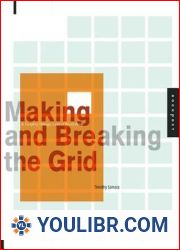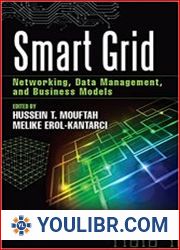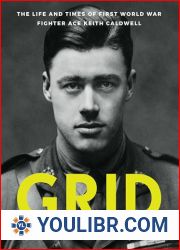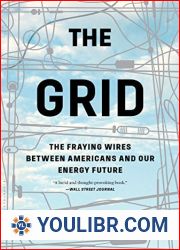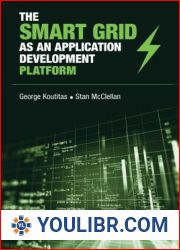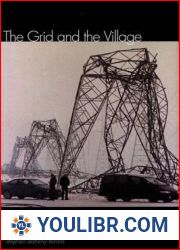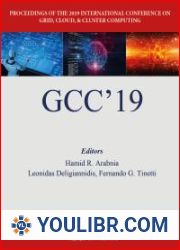
BOOKS - Pep Guardiola's Positional Grid: Team Training Exercises using the Positional...


US $6.58

463384

463384
Pep Guardiola's Positional Grid: Team Training Exercises using the Positional Grid
Author: Marcus DiBernardo
Year: January 29, 2018
Format: PDF
File size: PDF 2.0 MB
Language: English
Year: January 29, 2018
Format: PDF
File size: PDF 2.0 MB
Language: English
Positional soccer provides a set of guidelines and structure for the attacking phase of the game. The positional soccer field is divided into vertical and horizontal zones that indicate positional responsibilities for the players. The interesting thing about positional soccer is that the player's options to some extent are predetermined by the position of the ball. The central theme behind positional soccer is to create superiority of numbers in a specific area of the field, using mainly shorter range passing. If a team can fully shift the opponent by drawing them to one side of the field with short passing, the opportunity to attack the weak side becomes the objective. Guardiola spoke about this aspect of positional play saying, "the objective is to move the opponent, not the ball. The secret is to overload one side of the pitch so the opponent must tilt its own defense to cope. When you've done that, we attack and score from the other side. That's why you have to pass the ball with a clear intention. Draw in the opponent, then hit them with the sucker punch." The tactics Guardiola speaks about sound simple but in order to accomplish this way of playing, the team structure must be correct. Guardiola believed in order to build the proper team structure, the team would need to complete roughly 15 passes, this would fully create an attacking team shape. In tactical periodization this would be called the attacking organization phase. Once the teams positioning in attack was established, if they lost the ball, the players are already in a good position to press the ball to win it back. This is one of the important aspects of positional soccer that makes it so effective. The former Barcelona great, Johan Cruyff was asked, how do Barcelona win the ball back so quickly? He replied, "It's because they don't have to run back more than 10 meters as they never pass the ball more than 10 meters." That statement alone sheds some light into the secret of positional soccer, with and without the ball. The secret in possession is positioning and the secret on defense is positioning. The positional grid offers a structure and provides cues for players, letting them know to adjust their position depending in which zone the ball is in, they must know when to fill an empty zone when it has been vacated, or to move into a zone to create superiority of numbers. A general rule of thumb is that no more than three players will be in a horizontal line, and not more than two in a vertical line, this helps give the player on the ball two-three passing options. The entire game can be taught using the grid, from build-up play to the attacking third. When using the grid to teach positional soccer there are many ways to utilize it. One way is to set-up trainings that require players to operate inside the positional grid, adhering to specific conditions, but still allowing a degree tactical freedom while encouraging problem solving. An example of this would be requiring five shorter passes on one side of the field before a long pass can be made, switching the field to the far wide player. The next type of training can use the grid as more of specific road map that must be strictly adhered to. An example of this would be working on playing the ball out of the back. Each player will be assigned a specific part of the grid to be in, as a standard way of operating out of the back is established. The other beneficial aspect of using the positional grid is that it organizes space on the field in a realistic way for players. When players train tactics in specific game realistic spaces, their soccer awareness, tactical sense and soccer IQ benefit. Training in the positional grid helps players better judge distance, space and time in relationship to carrying out the desired tactics. I recommend training with the grid and then removing the grid at the end, so that spatial relationship is further reinforced.








